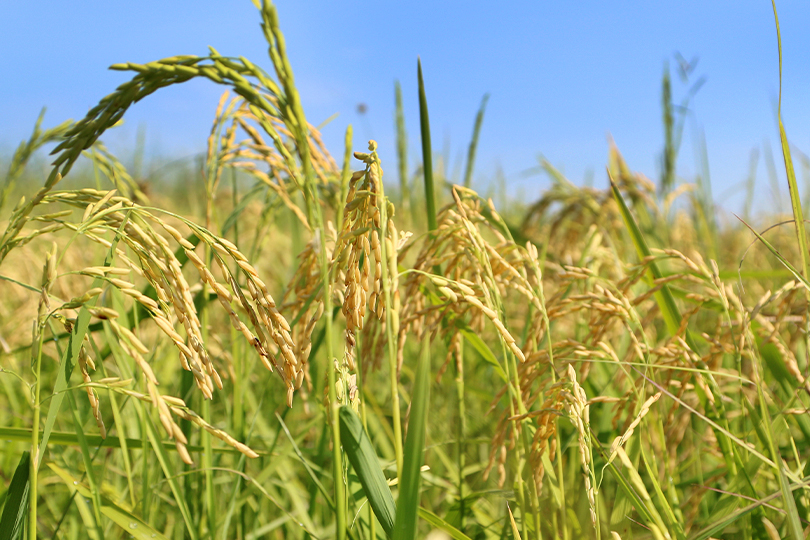Rice farmers can start signing up for the $250 million in special payments Congress provided to shore up grower income after sluggish returns in 2022.
The U.S. Department of Agriculture (USDA) announced the details for the new Rice Production Program (RPP), which will provide assistance to rice farmers based on 2022 planted and prevented planted acres.
On Dec. 29, 2022, President Biden signed into law H.R. 2617, the Consolidated Appropriations Act, 2023, which provided the authority and funding for USDA to make payments to rice farmers based on data already on file with USDA, including planted acres and acres prevented from being planted.
“USDA is streamlining the application process for rice producers by mailing a pre-filled application to eligible producers,” U.S. Secretary of Agriculture Tom Vilsack said. “This approach will result in significant time savings for both farmers and USDA employees, helping to ensure the swift delivery of program benefits to producers and further our goal of better serving farmers.”
How to apply
USDA’s Farm Service Agency (FSA) is mailing pre-filled applications to farmers using information on file with USDA’s Risk Management Agency or FSA, as reported by rice farmers through their crop insurance agents or FSA county offices.
To apply for assistance through the RPP, farmers must return their completed FSA-174, Rice Production Program Application, to their recording FSA county office by close of business on July 10, 2023. Applications may be submitted either in person, by mail, email or fax.
Farmers who reported eligible rice to FSA by the acreage reporting deadline but do not receive a pre-filled application may still apply by visiting their local FSA office and completing the application by July 10, 2023. Farmers who filed late or modified 2022 rice acreage reports will not be eligible for RPP.
Program payments
FSA will make an initial payment to eligible farmers at a reduced payment rate of one cent per pound. If funds remain at the end of the application period, a second payment, not to exceed one cent per pound may be issued to eligible farmers. To be eligible, a farmer must have reported to FSA a share interest in eligible rice.
As directed by the omnibus legislation, FSA will calculate payments by multiplying the:
- Payment rate;
- Individual average actual production history (APH) as reported to RMA or the FSA-established yield; and
- Amount of certified rice acres determined by the number of planted acres and acres that were prevented from being planted.
If applicable, a prevented planted factor of 60% will be applied.
Payment limitation
The payment limitation for the program is set by statute and is higher if the farmer’s average adjusted gross farm income (income from activities related to farming, ranching or forestry) is more than 75% of their average adjusted gross income (AGI). Specifically, a person or legal entity with an average adjusted gross farm income of less than 75% of their average AGI cannot receive, directly or indirectly, more than $125,000 in payments. Farmers who derive 75% or more of their average AGI from farming qualify for a $250,000 payment limit. AGI is based on the three taxable years preceding the most immediately preceding complete tax year.
Rice farmers may visit their local county office to submit the appropriate form and certification (FSA-510, Request for an Exception to the $125,000 Payment Limitation for Certain Programs), if they qualify for and want to seek the higher payment limit.
More information
For more information on the rice program, view the fact sheet or contact your local USDA Service Center.

